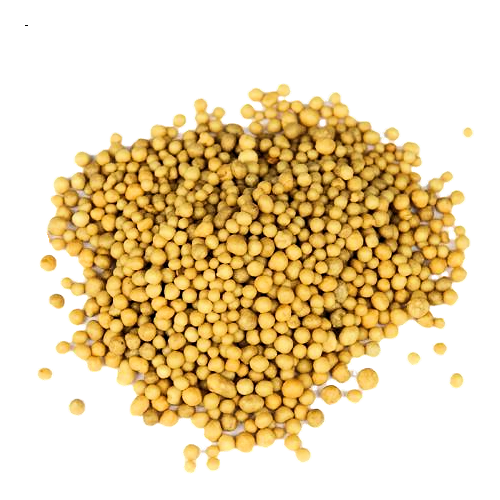
“What is a ‘slow-release’ fertilizer?”
Often called “controlled release” or “timed release” fertilizers, the reality is that the rate of release of nutrients is primarily controlled by temperature.
The pellets are typically produced by surrounding water-soluble fertilizers with semi-permeable polymer coatings. Once water enters the pellet, the nutrient salts are dissolved and slowly “leak” out. The “temperature control” comes from the fact that the porous polymer coatings have engineered thermal expansion coefficients, and the warmer they are, the larger the holes in the structure, allowing the nutrients to escape more rapidly.
It is important to understand the expected temperature of the container and potting medium throughout the growing season in order to properly specify the temperature profile required and amount of product to add. For example, the Osmocote Pro 20-8-4 8-month formula we use has the following time & temperature release properties:

If you were to use a low temperature in your assessment, but the plants ended up outdoors in the heat, it is possible you could inadvertently overfeed them.
Note that the release rate information provided is the approximate time for 80% of the contained nitrogen to be released. After that, the release rate drops off significantly, so for practical purposes may be disregarded.
“How much shall I use?”
That is a very common question, and one that I’ve rarely seen answered adequately. Most often, manufacturers make recommendations by pot size, but that may not be appropriate for orchids, so let’s apply a little math to it:
First – fertilizer formulas – both water-soluble and slow-release – are specified in weight percent. That is, a kilogram of 20-8-4 formula contains 200 grams of elemental nitrogen, 80 grams of K2O and 40 grams of P2O5.
Second – we need to decide how much nitrogen we want to apply. My recommendation for water-soluble fertilizers is to use a 100 ppm N solution per week.
To account for container size, the best way I’ve seen to estimate your application is as follows:
- Calculate the internal volume of the container*.
- Way it full of dry potting medium.
- Water it well and let it completely drain.
- Weigh it again.
At that point you know the mass of the retained water per volume of potting mix. Let’s say it’s a 1-liter container and it retained 200 grams of water. 200 grams of a 100 ppm N solution will contain 100 mg/kg N x 0.2 kg = 20 mg N.
If your chosen slow-release fertilizer is 20%N and lasts for 6 months (26 weeks), you would need to apply 20 mg/0.2 x 26 = 2.6g of pellets for every liter of potting medium per pot.
[ * To calculate a pot volume, average the area (pi x radius squared) at the top and bottom of the medium and multiply it by the height of medium. For example, a 15 cm (~6″) pot that is 10 cm (~4″) at the bottom has an average diameter of 12.5 cm and a radius of 6.25 cm. That area is 3.14 x 6.25 x 6.25 = 122 square centimeters, and if the pot is 15 cm tall, it would have a volume of 122 x 15 = 1830 cc or 1.83 liters.]
